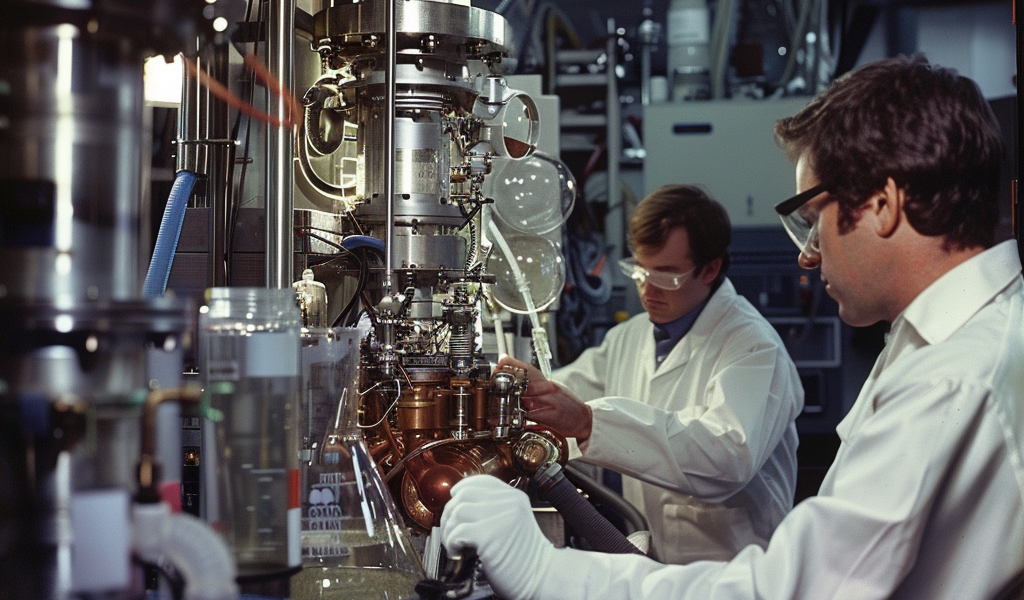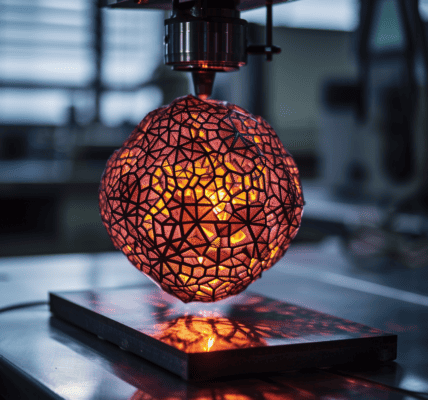Princeton Engineers Develop Groundbreaking Method to Capture and Release Carbon Dioxide Using Moisture
Engineers at Princeton University have developed a groundbreaking method to capture and release carbon dioxide from the atmosphere using moisture. This innovative approach could revolutionize the energy costs associated with direct air capture systems, offering significant energy efficiency improvements over current technologies.
The traditional direct air capture systems rely on energy-intensive temperature or pressure shifts to switch between carbon capture and release. However, the new method developed by the researchers at Princeton University utilizes humidity to achieve the same goal, resulting in energy efficiency improvements over five times greater than existing technologies. The findings of this research have been reported in Environmental Science & Technology Letters.
The material developed by the engineers at Princeton University has the remarkable ability to capture and release carbon dioxide from the atmosphere by simply changing the surrounding humidity. This breakthrough could have a profound impact on combatting climate change, as direct air capture systems are increasingly recognized as a crucial tool for reducing carbon emissions and removing carbon from the atmosphere.
According to research leader Kelsey Hatzell, assistant professor of mechanical and aerospace engineering and the Andlinger Center for Energy and the Environment at Princeton University, there has been a surge of interest in direct air capture systems. The U.S. Department of Energy has recently allocated a substantial $3.5 billion effort to develop four regional direct air capture hubs across the country, underscoring the growing importance of this technology in the fight against climate change.
While direct air capture holds great promise, it has faced criticism due to its high energy requirements compared to other carbon capture applications. The concentration of carbon dioxide in ambient air is significantly diluted, making the process more energy-intensive. One of the most energy-intensive steps in direct air capture systems is the regeneration process, which conventionally necessitates heat and/or pressure changes to release the captured carbon dioxide into storage.
However, the new method developed at Princeton University demonstrates that regenerating carbon capture materials with humidity only requires adding or removing water vapor, resulting in a dramatic reduction in energy consumption. The energy required to remove a ton of carbon dioxide using conventional techniques can be as high as 4.1 gigajoules, whereas the innovative approach developed by the engineers at Princeton University reduces this to just 0.7 gigajoules per ton, marking a substantial energy savings.





